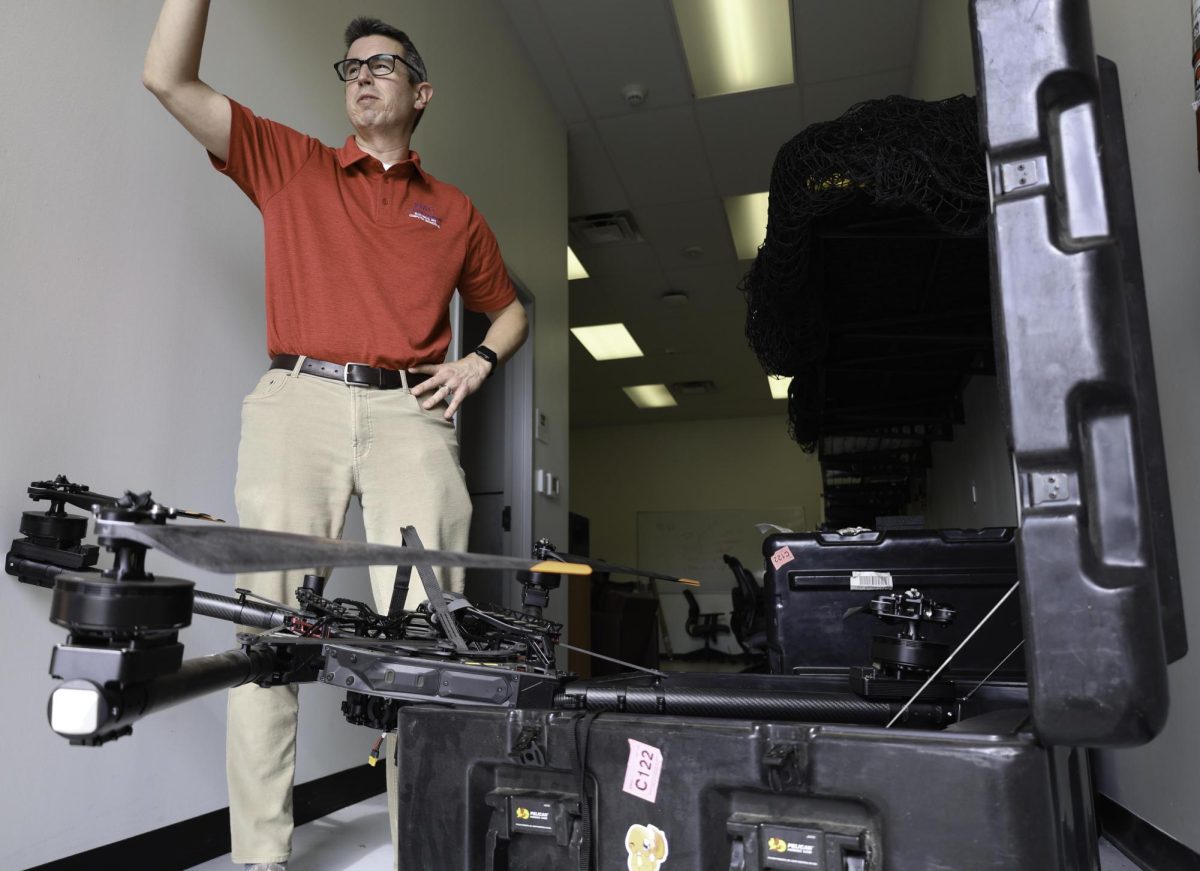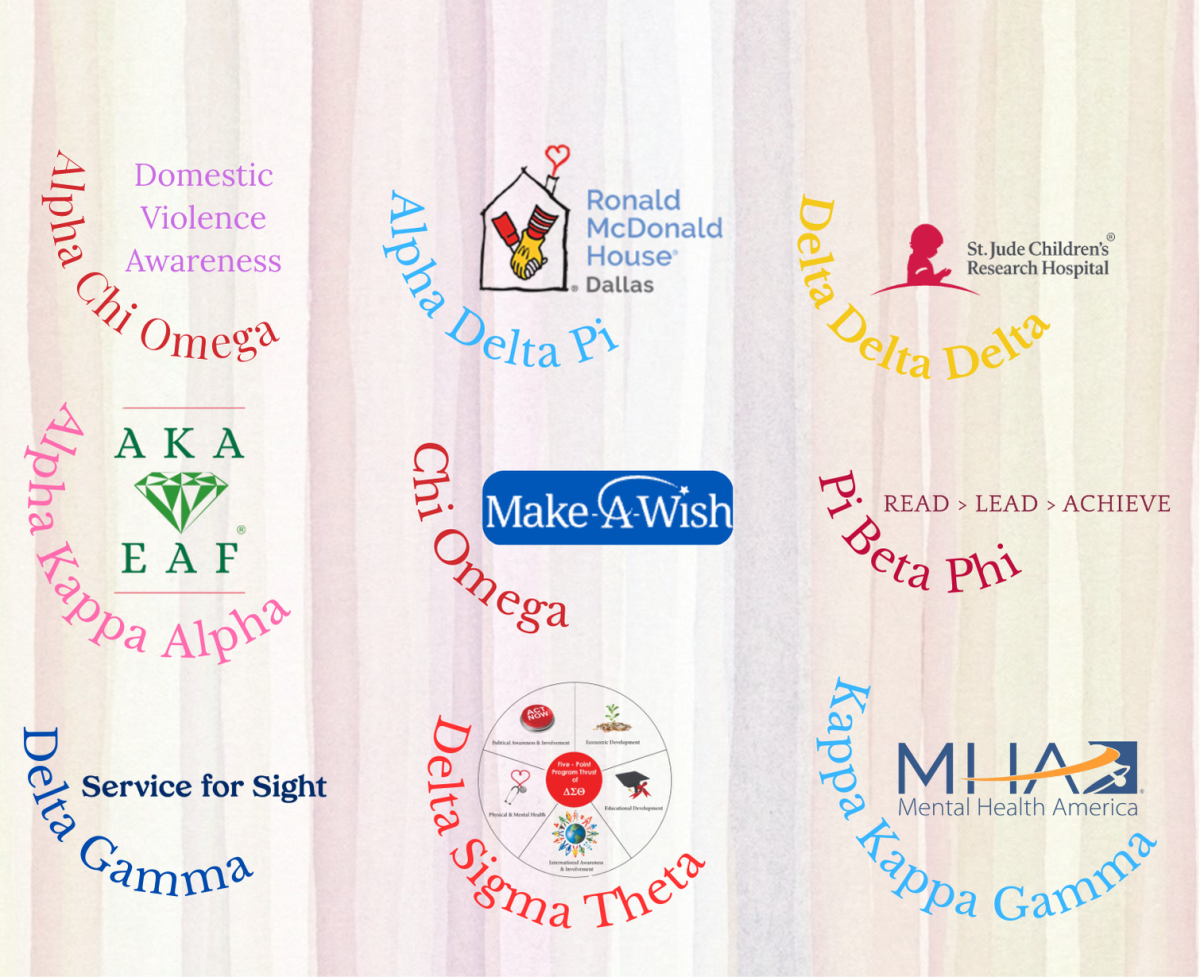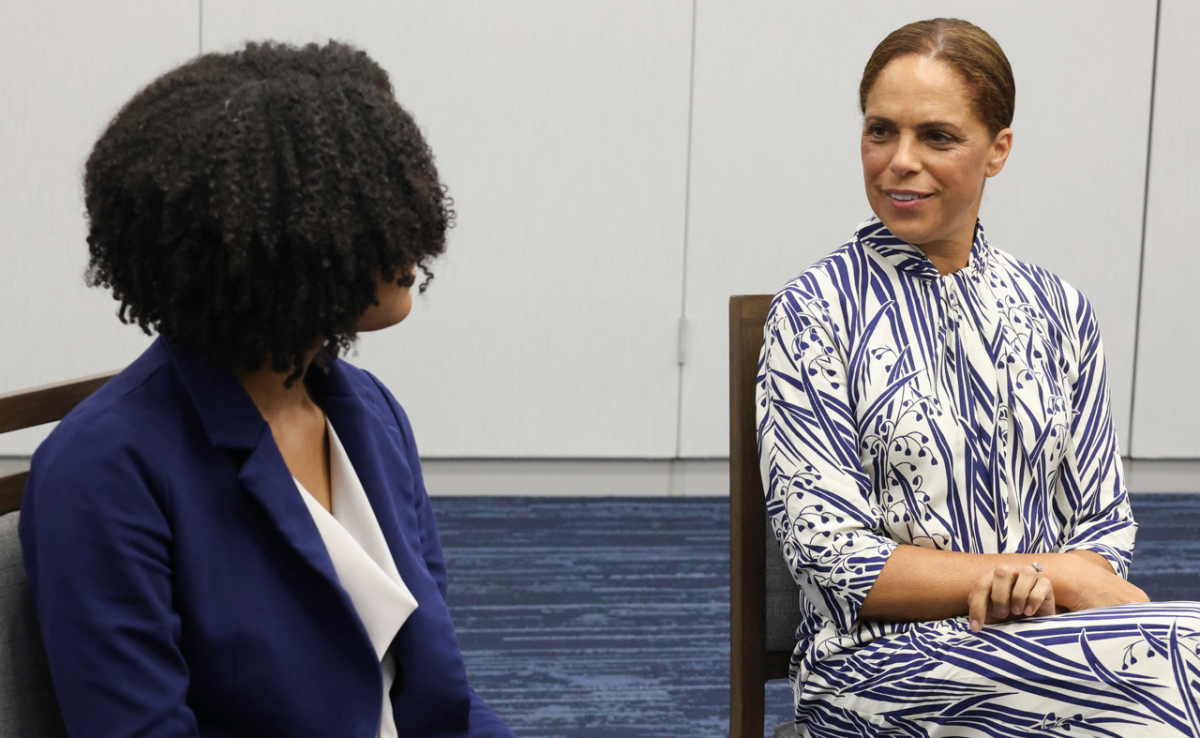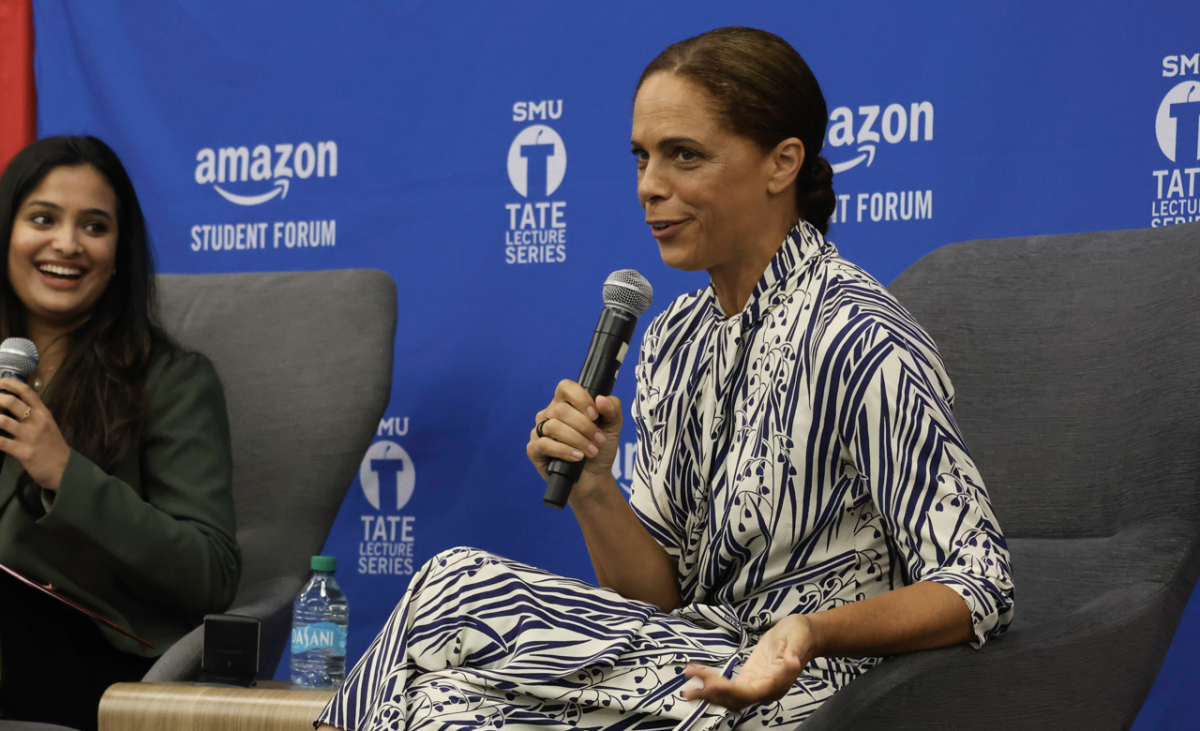Elisabeth “Lizzie” Brubaker landed her job on Piers Morgan Live on CNN with just one re-tweet.
“My future boss sent me a direct message after seeing a re-tweet I sent him, and then viewed my e-portfolio – the next thing I knew I was sitting in his office in New York and I was hired,” said Brubaker, who graduated from SMU in 2010.
Katy Jones, a Global Talent Engagement and Marketing Manager at PepsiCo, also uses Twitter to find candidates to fill jobs at one of the largest corporations in the world.
“Twitter is a great platform for hiring, because you get to see who someone really is,” Jones said. “We are better able to learn what the potential candidate cares about and if their personality will fit in with our company.”
Twitter isn’t the first social network students typically think about when searching for a job, but it does have some advantages over other social media sites like LinkedIn and Facebook. According to SMU Digital Journalism Professor, and author of Engaged Journalism: Connecting with Digitally Empowered News Audiences, Jake Batsell, there are unique advantages for students using Twitter.
“I have seen my own students, like Elisabeth Brubaker, develop followings on Twitter while in college that has directly translated into a much better job than I could have ever dreamed of 20 years ago coming out of college,” Batsell said.
Amanda Woodward, author of the e-book How Do I Twitter?: Everything You Need to Know About Twitter Marketing, said there are two specific things that students should be doing on Twitter in order to be noticed by employers like PepsiCo and CNN: engaging others to create a network, and self-promoting.
“Engaging people, promoting your work, and connecting with others in your field, go hand-in-hand – you can’t just promote your work and network with people without engaging them, otherwise your network will shrink,” Woodward said.
Just having a Twitter account isn’t enough to catch the attention of job recruiters. They want to see your content and if you have a good amount of interesting, thought-provoking tweets that also share a little bit of your personality. When a company hires you, they’re ultimately opening up a platform to engage with all of your followers as well. The goal is to engage a wider audience and create meaningful content that people care about. A great way to do this is to share articles of interest and share your thoughts on them. Batsell instills this engagement technique that he calls “Power Tweets” in his digital journalism classes.
“Power tweets help empower students to take charge over their digital presence,” Batsell said.
Brubaker used this technique when she re-tweeted a smartcar license plate that said “parkable.” It turned out to be her future boss’s tweet. When she re-tweeted it, she commented “Clever!” This caught the attention of Jonathan Wald, her boss at Piers Morgan Live on CNN. The act of engagement landed Brubaker her first job as a production assistant at one of the top news organizations in the world.

“Twitter helped me get my first job and it helped me create and build relationships throughout the field,” Brubaker said. “Now I use it to engage the people that follow me and to attract new followers throughout my industry.”
Not only do recruiters want to see that you can engage a wider audience effectively, but they also want to see your personal work. Twitter allows users to become their own advocates and share their work with others in the industry.
“One of the most important aspects of Twitter is self-promotion – link to your e-portfolio in your Twitter bio so that recruiters can see how your work can add to their company,” Woodward said.
Twitter will get you noticed – your e-portfolio will get you the job. Use Twitter as a place to lead recruiters to your more detailed sites, like WordPress or Squarespace. Tweet links to some of your work every so often to get your name and work flowing through the Twitterfeed.
SMU freshman fashion media major Jessye Bullock uses Twitter to promote her fashion line Dalifornia, which she just launched online a few weeks ago. In her Twitter bio she included the link to her line’s Instagram page as well as a link to her personal website so that potential buyers can view her work.
“Twitter is a quick and easy way to showcase my work,” Bullock said. “People re-tweet the links to my clothing designs and people reach out and network with me when they like my work.”
But, not all students look to Twitter for job searching. SMU Senior finance major Ashton Chmieleswki doesn’t think Twitter is the place to find credible jobs.
“To job search, I would like to know the company, its history, and if it’s in my field,” Chmielewski said. “A hashtag can’t give me that information.”
Many students fear that jobs posted on Twitter could potentially be a scam, such as a fake job posting geared towards getting people’s personal information, but there’s an easy way to avoid this. As long as the tweet is sent out by a verified Twitter account, meaning it has a blue check mark next to the Twitter handle, the job has been posted by a trusted company.
“I’ve been in the professional world – Twitter is such an integral part of public persona that it really matters that students get a head start on that in college,” Batsell said. “Students who have embraced that have benefitted from it.”








